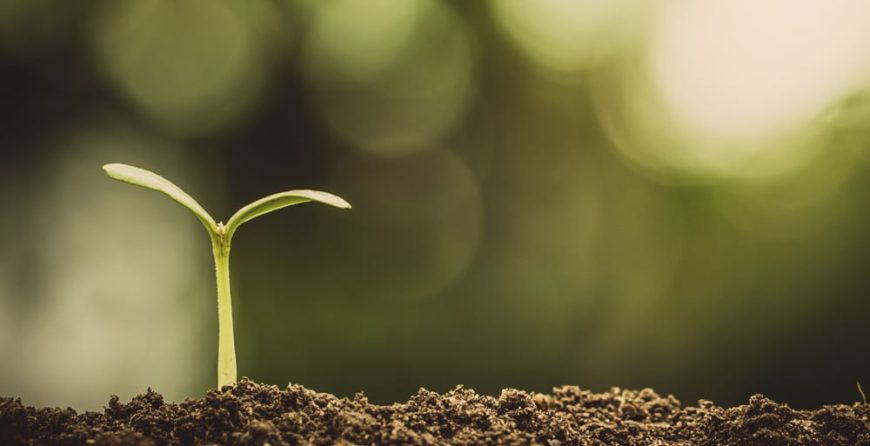 Whether you’re starting an organic garden for the first time or you’re looking to improve your green thumb, it’s tempting to buy into the idea that there’s one catch-all solution. In truth, ending up with the perfect garden takes years in the making. And even then, there could be a turn in the weather, new pests, or unexpected diseases that work their way into your garden. The key is to think of your garden as a whole system as opposed to a series of plants you like, but how do you do that?
Whether you’re starting an organic garden for the first time or you’re looking to improve your green thumb, it’s tempting to buy into the idea that there’s one catch-all solution. In truth, ending up with the perfect garden takes years in the making. And even then, there could be a turn in the weather, new pests, or unexpected diseases that work their way into your garden. The key is to think of your garden as a whole system as opposed to a series of plants you like, but how do you do that?
Feed your soil
One of the best ways to support your organic garden is to feed the soil while building the ecosystem. Your garden should be balanced. If the soil has too much of one nutrient and not enough of another, your plants will suffer. The good news is that a soil test can detect what your soil needs, allowing you to adjust accordingly.
Fall is a good time to take a sample of your soil and send it to a local lab or nursery that offers soil testing. If you don’t have much experience in interpreting soil test results, check out www.growyoursoil.org. This website is also great for determining where to send your soil. If you opt to send your soil in, be sure to take samples from multiple spots in your garden and mix them together.
Once you get your results back, you can start correcting the imbalances in your soil. Keep in mind that even if you’ve worked hard at avoiding imbalances, certain well-meaning actions such as adding large amounts of manure can contribute to them. Do you lime every year? This seems like a good thing but should be done only if your garden needs more lime. You should also know that an annual soil test isn’t required. You can start with one and use it as a baseline, and then test again when you feel it’s appropriate.
Build the ecosystem
Building your garden’s ecosystem is a bit more challenging than adjusting your soil. This is partially because it can take a while for things to start working together. To build your garden’s ecosystem, you need to attract helpful insects, which means planting what they like. Giving your plants time to flower and letting things go to seed will also help create this ecosystem.
So what’s the best way to attract helpful insects and pollinators? Aside from planting produce they like, you should work to bring in other insects the pollinators can eat. One solution is to buy insects to add to your garden but it’s not as effective as naturally growing and attracting them on your own. You should also be wary of what chemicals you use (if any) as they can harm beneficial insects. To see how beneficial insects are interacting with your garden, visit it between 10 am and 2 pm.
Aside from tending to your soil and working to attract beneficial insects, grow cover crops so you can build your soil and add organic matter. Cover crops thrive in both clay and sandy soil. Not only will cover crops prevent wind and water erosion, but they’ll enhance nitrogen production, add other nutrients, and conserve water.


